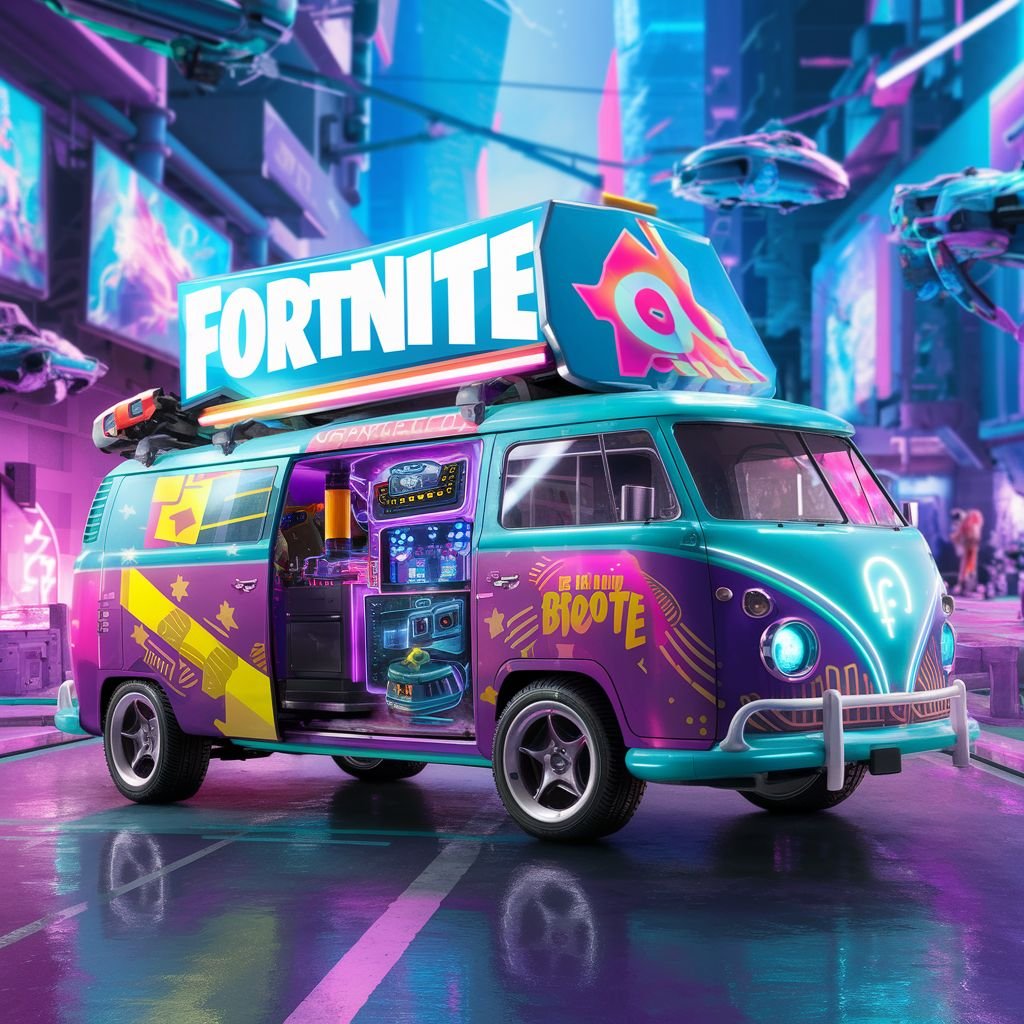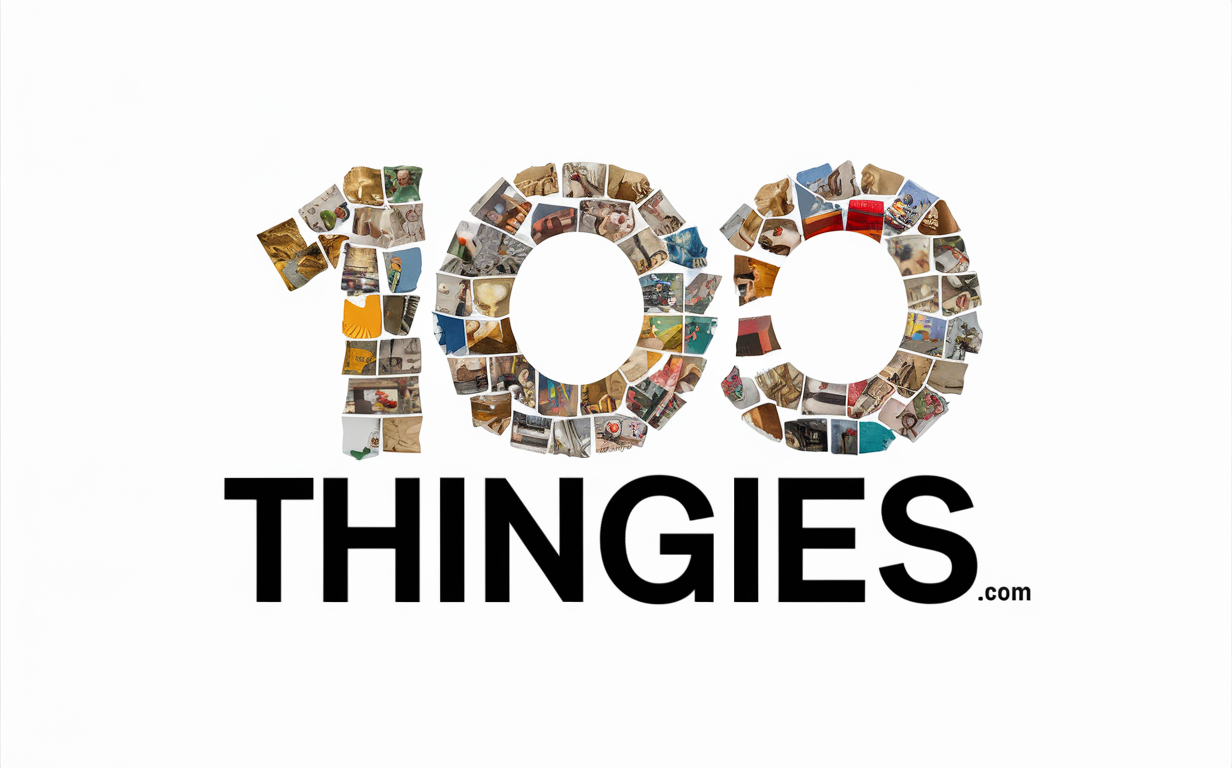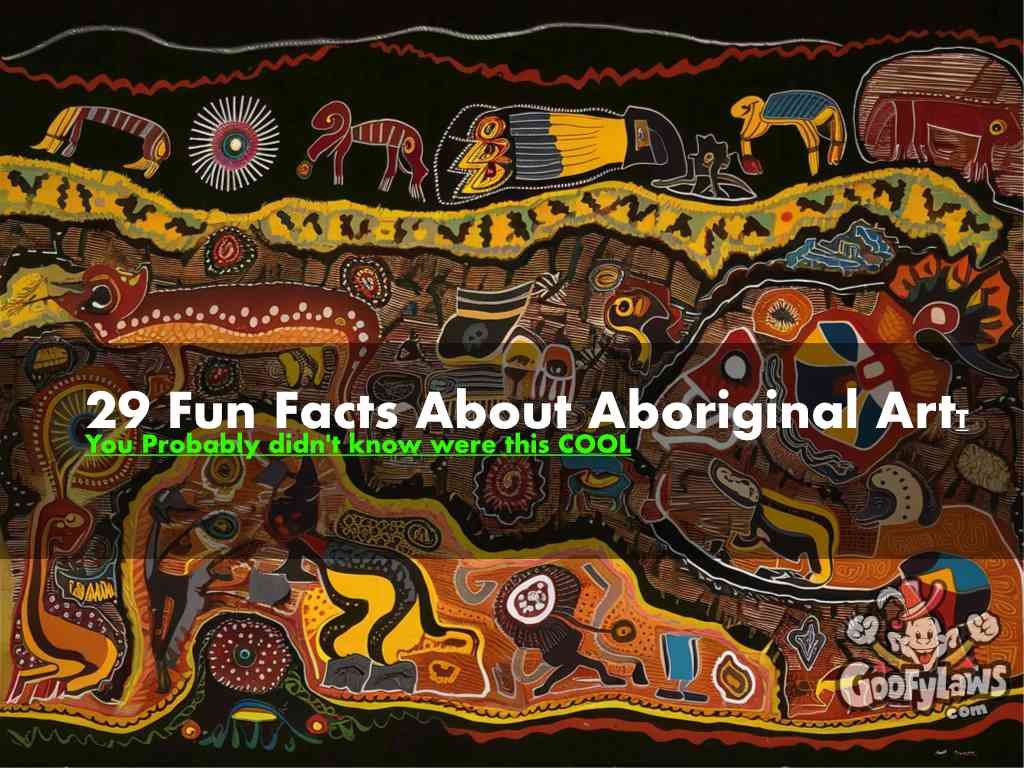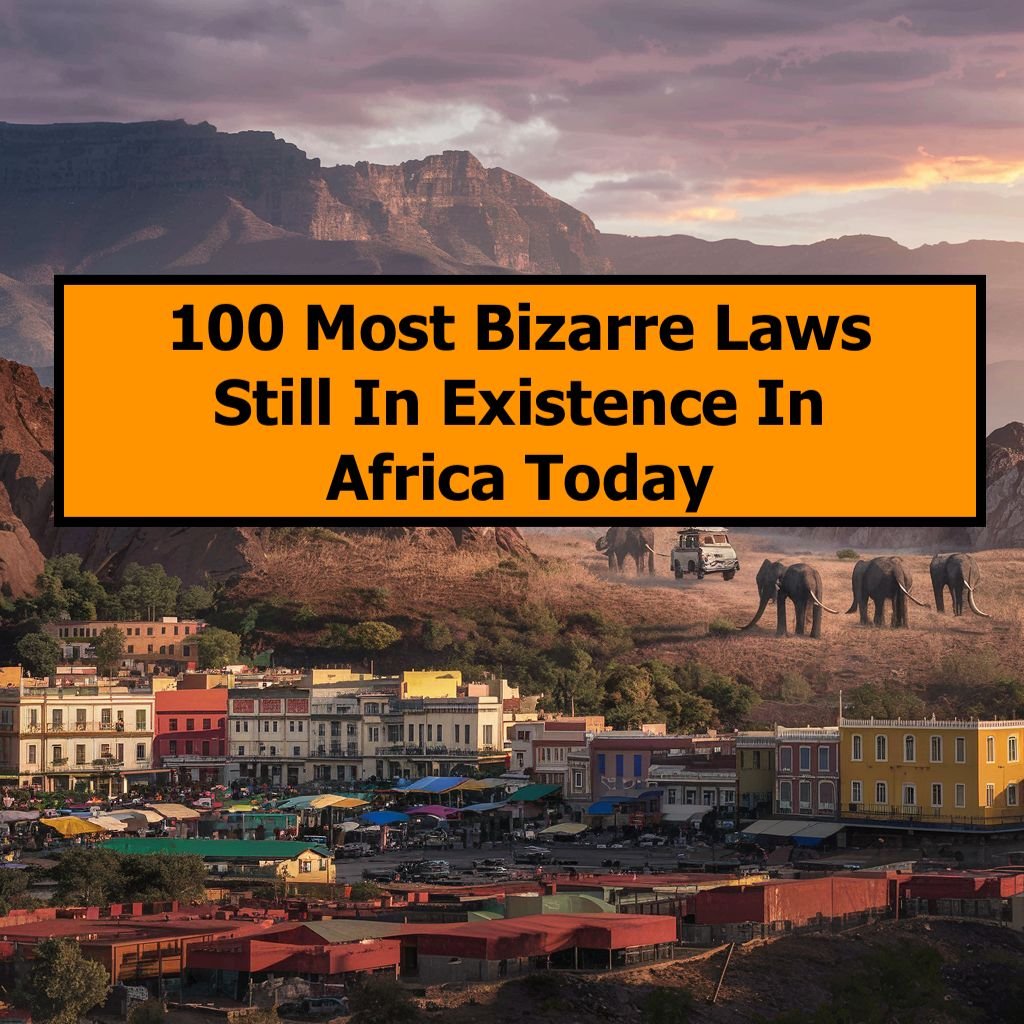Chances are, you’ve either heard about Fortnite, played it, are still playing it, one child does, a friend does, a child of your friend does, or a family relative plays it. This game took the gamer’s world like storm, and it did for a good reason, too! Here’s a list of 100 thingies you ought to know about Fortnite! After sharing with your friends and family, you can thank me later, as the fun shouldn’t stop with you alone. There are lots of interesting articles to read here at 100thingies.com
1. Fortnite Was Developed by Epic Games

Epic Games, the developer behind successful titles like Unreal Tournament and Gears of War, released Fortnite. The company used its expertise in game development to create an engaging and visually appealing experience.
2. Fortnite Initially Launched in 2017
The game was first released on July 25, 2017, with its “Save the World” mode, where players work together to survive against hordes of zombie-like creatures.
3. Fortnite’s Battle Royale Mode Was a Game-Changer
Shortly after its initial release, Fortnite introduced a free-to-play Battle Royale mode in September 2017, quickly becoming the game’s most popular mode and a cultural phenomenon.
4. Fortnite Is Free-to-Play
The Battle Royale mode of Fortnite is free-to-play, which has been a significant factor in its widespread popularity. Players can make in-game purchases for cosmetic items and season passes.
5. The Game Features Cross-Platform Play
Fortnite supports cross-platform play across PC, consoles, and mobile devices, allowing friends to play together regardless of the platform they are on.
6. Fortnite’s Map Evolves Each Season
The game is known for its ever-changing map, with new areas, features, and secrets introduced at the start of each season, keeping the gameplay fresh and engaging.
7. Building Is a Core Mechanic of Fortnite
Players can collect resources and build structures such as walls, ramps, and floors. This mechanic adds a strategic element, distinguishing Fortnite from other battle royale games.
8. Fortnite Hosts Live In-Game Events
Epic Games has hosted live events within Fortnite, including concerts, trailers, and interactive experiences. These events have attracted millions of participants worldwide.
9. The Game Introduced the Concept of the Battle Pass
Fortnite popularized the Battle Pass model, where players can complete challenges and earn rewards throughout the season. This has since been adopted by many other games.
10. Fortnite Has Its Own Currency Called V-Bucks

V-Bucks can be purchased with real money or earned through gameplay and are used to buy the Battle Pass, skins, and other cosmetic items.
11. The Fortnite World Cup Was Held in 2019
The Fortnite World Cup took place in New York City, with a total prize pool of $30 million. It featured both solo and duo competitions, highlighting the game’s competitive scene.
12. Fortnite Collaborates with Major Brands and Celebrities
Epic Games has collaborated with numerous brands, movies, and celebrities to bring themed content to Fortnite, including Marvel, Star Wars, and musicians like Travis Scott.
13. The Travis Scott Astronomical Event Drew Massive Crowds
The in-game concert featuring Travis Scott, called “Astronomical,” attracted over 12.3 million concurrent players, setting a new record for the game.
14. Fortnite Has a Creative Mode
Introduced in December 2018, the Creative mode lets players design and build their own islands, games, and challenges, which can be shared with the Fortnite community.
15. The Game Features a Variety of Skins and Cosmetics
Fortnite is known for its wide range of character skins, gliders, pickaxes, and emotes, allowing players to customize their appearance in the game.
16. Fortnite Has Been Played by Celebrities
Numerous celebrities, including Drake, Travis Scott, and professional athletes, have been known to play Fortnite, further increasing its visibility and popularity.
17. Save the World Mode Is a Cooperative Experience
In “Save the World,” players team up to fight off zombie-like creatures and defend objects with fortifications they can build, offering a different experience from the Battle Royale mode.
18. Fortnite Utilizes the Unreal Engine
The game is built on the Unreal Engine, developed by Epic Games, which is known for its cutting-edge graphics and capabilities in game development.
19. Fortnite Was Initially Conceived as a Survival Game
The original concept for Fortnite focused on constructing forts and surviving against monsters, which is still evident in the “Save the World” mode.
20. The Game Has Faced Controversy Over Dance Emotes

Fortnite has faced lawsuits from individuals and entities claiming that their dances were used as emotes in the game without permission or compensation.
21. Fortnite’s Replay System
Introduced in 2018, Fortnite’s replay system allows players to record and rewatch their matches from various angles, making it easier to create content and analyze gameplay.
22. The Introduction of Vehicles
Over the seasons, Fortnite has introduced various vehicles, including shopping carts, ATVs, and boats, adding new dynamics to gameplay and movement across the map.
23. Fortnite’s Impact on Streaming Platforms
Fortnite has become a staple on streaming platforms like Twitch and YouTube, with millions of viewers watching live streams and videos, significantly influencing gaming content creation.
24. Environmental Changes Reflect Seasonal Themes
Each season, Fortnite’s map undergoes changes that reflect the season’s theme, ranging from snow-covered landscapes to desert expanses, keeping the environment dynamic and engaging.
25. Epic Games’ Legal Battles Over App Store Policies
In 2020, Epic Games initiated legal action against Apple and Google over their app store policies, after Fortnite was removed from both platforms for attempting to bypass their in-app purchase systems.
26. Fortnite’s Party Royale Mode
Party Royale is a violence-free zone within Fortnite where players can hang out, watch concerts, and participate in mini-games, highlighting the game’s social and entertainment aspects beyond battle royale.
27. The Game’s Annual Halloween Event
Fortnite’s annual “Fortnitemares” event introduces Halloween-themed content, including costumes, challenges, and in-game events, celebrating the holiday with the community.
28. Fortnite’s Educational Potential
Educators have found ways to use Fortnite as a teaching tool, incorporating aspects of the game into lessons on mathematics, physics, and creative writing, demonstrating its potential beyond entertainment.
29. The Use of Port-a-Forts
Introduced to Fortnite in 2018, Port-a-Forts allow players to instantly deploy a fort structure, providing instant cover and height advantage, reflecting the game’s emphasis on building.
30. Fortnite’s Integration with Social Media
Epic Games has leveraged social media to engage with the Fortnite community, using platforms like Twitter and Instagram to announce updates, events, and engage with fans.
31. The Infinity Blade Controversy

The introduction of the Infinity Blade melee weapon in 2018 was met with backlash from players due to its perceived overpowered nature, leading to its swift removal from the game.
32. The Game’s Unique Victory Celebration
Winning a match in Fortnite Battle Royale displays the message “Victory Royale,” becoming a coveted achievement among players and a recognized phrase in gaming culture.
33. Fortnite’s Involvement in Esports
Beyond the World Cup, Fortnite has established a presence in the esports scene, with various tournaments and events hosted by Epic Games and third-party organizers, offering substantial prize pools.
34. The Fortnite Icon Series
The Icon Series introduces skins and cosmetics inspired by celebrities and influencers from the gaming, music, and entertainment industries, further blurring the lines between gaming and pop culture.
35. Impact of Fortnite on Family Gaming
Fortnite’s cross-platform play and engaging content have made it a popular choice for family gaming, allowing parents and children to play together across different devices.
36. The Rift Mechanic
Rifts, introduced in Season 5, provide a unique mode of transportation, teleporting players into the sky and allowing them to redeploy their glider, adding a new layer of strategy to movement.
37. The Introduction of Pets
Fortnite Season 6 introduced pets, cosmetic items that players can carry in their back bling, adding a personal touch and companionship to the game.
38. Environmental Storytelling
Fortnite’s map and seasons tell an ongoing story through environmental changes, hidden clues, and in-game events, encouraging players to speculate and piece together the game’s lore.
39. The Fishing Mechanic
Introduced in Chapter 2, fishing allows players to catch fish that provide health or other benefits, as well as weapons and items, adding a layer of resource gathering to the game.
40. Customizable HUD for Mobile Players
Fortnite on mobile devices features a customizable HUD, allowing players to adjust control layouts to their preference, showcasing Epic Games’ commitment to providing a quality experience across platforms.
41. The Guided Missile and Its Removal

The guided missile was a controversial addition due to its powerful ability to scout and deal damage from a distance. It was eventually removed from the game after community feedback highlighted balance concerns.
42. The Introduction of NPCs and Quests
Fortnite Chapter 2 introduced NPCs (Non-Playable Characters) that offer quests and bounties, sell items, or even act as allies or foes, adding depth to the game’s strategy and narrative elements.
43. The Launch Pad’s Role in Mobility
The launch pad is a deployable item that catapults players into the air, allowing for quick repositioning or escape. Its strategic use for mobility and engaging in or fleeing from combat has made it a fan favorite.
44. The Fortnite Annual Summer Event
Each summer, Fortnite hosts a special event featuring new game modes, challenges, and summer-themed cosmetics, encouraging community engagement during the holiday season.
45. The Zero Point and Its Lore Significance
The Zero Point is a recurring element in Fortnite’s storyline, representing the center of the universe’s stability. Its fluctuations and the efforts to control it are central to the game’s evolving narrative.
46. Fortnite’s Support-a-Creator Program
This program allows players to support their favorite content creators by entering the creator’s code when making V-Bucks purchases. It’s a way for Epic Games to give back to the community that promotes Fortnite.
47. The B.R.U.T.E. Mech Suit Controversy
The introduction of the B.R.U.T.E. mech suit in Season X was met with significant player backlash due to its perceived overpowered nature, leading to adjustments and eventually its removal from competitive modes.
48. Fortnite’s Dynamic Weather System
Introduced in later updates, dynamic weather conditions, such as storms and fog, affect visibility and strategy, adding unpredictability and immersion to matches.
49. The Game’s Charity Initiatives
Epic Games has used Fortnite to raise funds for various charitable causes, hosting special events and tournaments where proceeds go to organizations like the World Health Organization’s COVID-19 Solidarity Response Fund.
50. The Fortnite Championship Series (FNCS)
The FNCS is Fortnite’s official competitive series, inviting players from around the world to compete in various formats for prize money and the title of champion, fostering a competitive community.
51. The Secret Skins Tradition
Each season, Fortnite introduces a “secret skin” unlocked through completing a series of challenges, often tied to the season’s theme or a collaboration, adding an element of surprise and reward for dedicated players.
52. The Storm King Event

The Storm King event, a crossover with the Save the World mode, brought a PvE (Player vs. Environment) boss fight to Battle Royale, offering players a unique cooperative challenge and special rewards.
53. The Influence of Fan Feedback on Game Development
Epic Games actively engages with the Fortnite community, taking player feedback into account when updating game mechanics, balancing weapons, and introducing new content, demonstrating a commitment to maintaining a positive player experience.
54. The Rift-to-Go Item
The Rift-to-Go, a portable rift that players can activate at any time, offers strategic mobility by transporting the user into the sky for redeployment. Its introduction added a new layer of tactical escape and engagement.
55. Fortnite’s Inclusion in Popular Culture
Fortnite has permeated popular culture, with references and appearances in movies, television shows, and music videos, signifying its impact beyond the gaming community.
56. The Fortnite Museum
In celebration of its history and community, Fortnite introduced a virtual museum within the game, showcasing notable events, collaborations, and the evolution of the map, serving as a tribute to the players and moments that have defined its legacy.
57. The Galactus Event
The Galactus event, part of the Marvel collaboration, was a climactic live event where players joined forces to battle the Marvel villain, Galactus, showcasing Fortnite’s capability to host large-scale, interactive events.
58. Fortnite’s Adaptive AI Enemies
Epic Games introduced AI-controlled enemies, such as Marauders and IO Guards, that roam the map and engage players, adding unpredictability to matches and enriching the combat experience.
59. The Introduction of the Fortnite Crew Subscription
The Fortnite Crew is a monthly subscription service that offers members V-Bucks, access to the current season’s Battle Pass, and an exclusive monthly outfit bundle, providing value and unique content to subscribers.
60. The Use of Fortnite for Virtual Social Gatherings

During periods of social distancing, Fortnite’s Party Royale mode and creative islands have served as virtual spaces for friends to socialize, celebrate birthdays, and attend events together, highlighting the game’s role in connecting people.
61. Environmental Interactivity
Fortnite’s game world includes interactive elements like destructible environments and objects with loot, encouraging exploration and strategic use of the surroundings during gameplay.
62. The “Heal-off” Endgame Scenario
In competitive Fortnite matches, a “heal-off” can occur in the final circles, where the last players standing use healing items to outlast each other in the storm, testing their resource management and strategic planning.
63. The Fortnite Icon Emote Series
The Icon Series extends to emotes, featuring dance moves and gestures from popular musicians, athletes, and internet personalities, allowing players to express themselves with culturally relevant animations.
64. Introduction of Non-Lethal Items for Tactical Play
Fortnite has introduced non-lethal items like smoke bombs, boogie bombs, and shockwave grenades, offering players creative ways to gain the upper hand without direct combat.
65. The Implementation of Physics-Based Water
Fortnite Chapter 2 introduced swimming and physics-based water mechanics, adding new dimensions to movement and combat, such as the ability to swim, fish, and use boats.
66. The “Vault” System for Balancing
Epic Games uses a “vault” system to rotate items, weapons, and vehicles in and out of the game, helping to maintain balance, freshness, and excitement in the gameplay experience.
67. The Chapter 2 – Season 2 Spy Theme
This season introduced a spy theme, complete with NPC bosses, spy bases, and vaults filled with loot, encouraging espionage-style gameplay and adding narrative depth.
68. Custom Matchmaking for Community-Hosted Tournaments
Fortnite supports custom matchmaking keys, allowing content creators, communities, and organizations to host their own private matches and tournaments, fostering a vibrant competitive scene.
69. The Game’s Progressive Skin Unlock System
Some Fortnite skins evolve and unlock new styles as players complete challenges or reach certain levels, rewarding player engagement and progression with visual upgrades.
70. Fortnite’s Integration with Twitch Drops
Collaborating with Twitch, Fortnite has offered rewards for viewers who watch Fortnite streams while their Epic and Twitch accounts are linked, encouraging engagement with the game’s streaming community.
71. The “Reboot Van” Feature for Squad Revivals

Inspired by mechanics in other battle royale games, Fortnite introduced Reboot Vans, allowing players to revive fallen squad members, adding a strategic layer to team play and increasing the stakes of engagements.
72. Fortnite’s Environmental Conservation Message
In-game events and partnerships, like those with We The People and Team Trees, have been used to spread messages about environmental conservation and social justice, leveraging Fortnite’s platform for awareness and action.
73. Fortnite’s Role in the Growth of Esports Scholarships
The game’s popularity and competitive scene have led some educational institutions to offer esports scholarships for Fortnite players, recognizing competitive gaming as a legitimate and beneficial activity for students.
74. The Fortnite Annual Winter Event
Known as “Winterfest,” this event celebrates the holiday season with themed challenges, free gifts, and seasonal changes to the map, such as snow-covered landscapes and holiday decorations.
75. The Use of Portals for Teasing Collaborations
Fortnite has creatively used in-game portals to tease upcoming collaborations and events, slowly building anticipation by revealing thematic elements from other universes before fully unveiling the partnership.
76. Introduction of the Crafting System
In Chapter 2 – Season 6, Fortnite introduced a crafting system, allowing players to create weapons and items from collected materials, adding a layer of resourcefulness and customization to gameplay.
77. The Fortnite “Fortography” Community Initiative
Epic Games encourages players to share screenshots and clips of beautiful or interesting moments in Fortnite under “Fortography,” highlighting the creativity and diversity of experiences within the game.
78. The Record-Breaking Black Hole Event
To mark the end of Chapter 1, Fortnite went offline for 36 hours, displaying only a mysterious black hole on screens, creating widespread media attention and speculation about the game’s future.
79. The Henchmen and Bosses for Loot and Challenge
Seasons of Fortnite have introduced AI-controlled henchmen and bosses guarding specific locations. Defeating them rewards players with high-tier loot, adding PvE elements to the primarily PvP game.
80. The Fortnite Companion App
Though not directly part of the game, companion apps for Fortnite offer stat tracking, challenge guides, and news updates, helping players stay connected and improve their gameplay outside of the game itself.
81. Fortnite’s Use of Augmented Reality (AR) and QR Codes
Epic Games has utilized AR and QR codes for promotional activities, allowing players to interact with Fortnite content in the real world and unlock exclusive in-game items or experiences.
82. The Development of an Inclusive Community
Fortnite has made efforts to develop an inclusive and supportive community, implementing features like anonymous mode and an extensive reporting system to combat toxicity and promote positive interactions.
83. The Introduction of Environmental Hazards
Over the seasons, Fortnite has introduced environmental hazards, such as tornadoes and sandstorms, which affect visibility and player movement, introducing unpredictable elements to matches.
84. The Inclusion of Mythic Weapons and Items
Mythic weapons and items, often tied to the theme of a season or a special event, offer powerful abilities or buffs but are limited in availability, creating high-value targets and strategic objectives.
85. The Fortnite x Marvel Crossover Seasons
Epic Games has partnered with Marvel for entire seasons, integrating characters, storylines, and locations from the Marvel universe into Fortnite, offering a unique blend of gaming and comic book culture.
86. The Use of Fortnite for Digital Activism
Fortnite has hosted events and discussions on social issues, providing a platform for digital activism and community engagement on topics such as racial equality and voter education.
87. The Game’s Dynamic Weather and Time of Day System
Fortnite’s map experiences dynamic changes in weather and time of day, affecting gameplay and visibility, and adding a layer of immersion and realism to the virtual environment.
88. The Introduction of Exotic Weapons
Exotic weapons, distinguishable by their unique abilities and rarity, can be purchased from NPCs using in-game currency, offering players strategic advantages at the cost of resource management.
89. The Evolution of Fortnite’s Storyline Through Seasons
Fortnite’s ongoing narrative evolves with each season, featuring an overarching storyline that involves dimensional rifts, alternate realities, and a cast of characters both original and from collaborating franchises.
90. The Implementation of Voice Chat
Fortnite supports in-game voice chat, enabling players to communicate with their squad or team directly within the game, enhancing coordination and social interaction.
91. The “Save the World” Narrative Campaign
Fortnite’s original “Save the World” mode features a narrative-driven campaign where players fight against the Storm and its husk monsters, unlocking new heroes and technology to aid in the battle.
92. Fortnite’s Educational Uses in the Classroom
Educators have utilized Fortnite’s Creative mode to teach subjects like history, architecture, and physics by creating interactive lessons and challenges within the game’s environment.
93. The Fortnite Merchandise and Apparel Line
Epic Games has expanded the Fortnite brand into merchandise and apparel, offering clothing, action figures, and accessories themed around the game, catering to fans wishing to show their affinity outside the digital world.
94. The Impact of Fortnite on Family Gaming Dynamics
Fortnite’s cross-generational appeal has impacted family gaming dynamics, serving as a bonding activity that bridges the gap between parents and children through shared gameplay experiences.
95. The Introduction of Shadow and Ghost Factions
In Season 2 of Chapter 2, Fortnite introduced Shadow and Ghost factions, allowing players to align with one, affecting the storyline’s outcome and unlocking faction-specific gear and cosmetics.
96. The Fortnite Creative Island Codes System
Players can share their Creative mode islands with the wider community using unique island codes, allowing others to visit and experience their custom game modes and creations.
97. The Game’s Continuous Engine Updates
Epic Games continually updates Fortnite’s underlying Unreal Engine, improving graphics, performance, and introducing new features to enhance the overall gameplay experience.
98. The Use of Fortnite in Esports Training
Beyond competition, Fortnite is used in esports training programs to develop skills such as strategic thinking, teamwork, and communication, reflecting its role in the broader esports ecosystem.
99. The Availability of Fortnite on Multiple Platforms
Fortnite’s availability across PC, consoles, and mobile devices has been instrumental in its global reach and popularity, allowing players to access the game from virtually any platform.
100. Fortnite’s Role in the Evolution of Digital Entertainment
As a game, social platform, and cultural phenomenon, Fortnite has played a significant role in the evolution of digital entertainment, merging gaming with music, film, and digital events to create a unique, immersive world.













